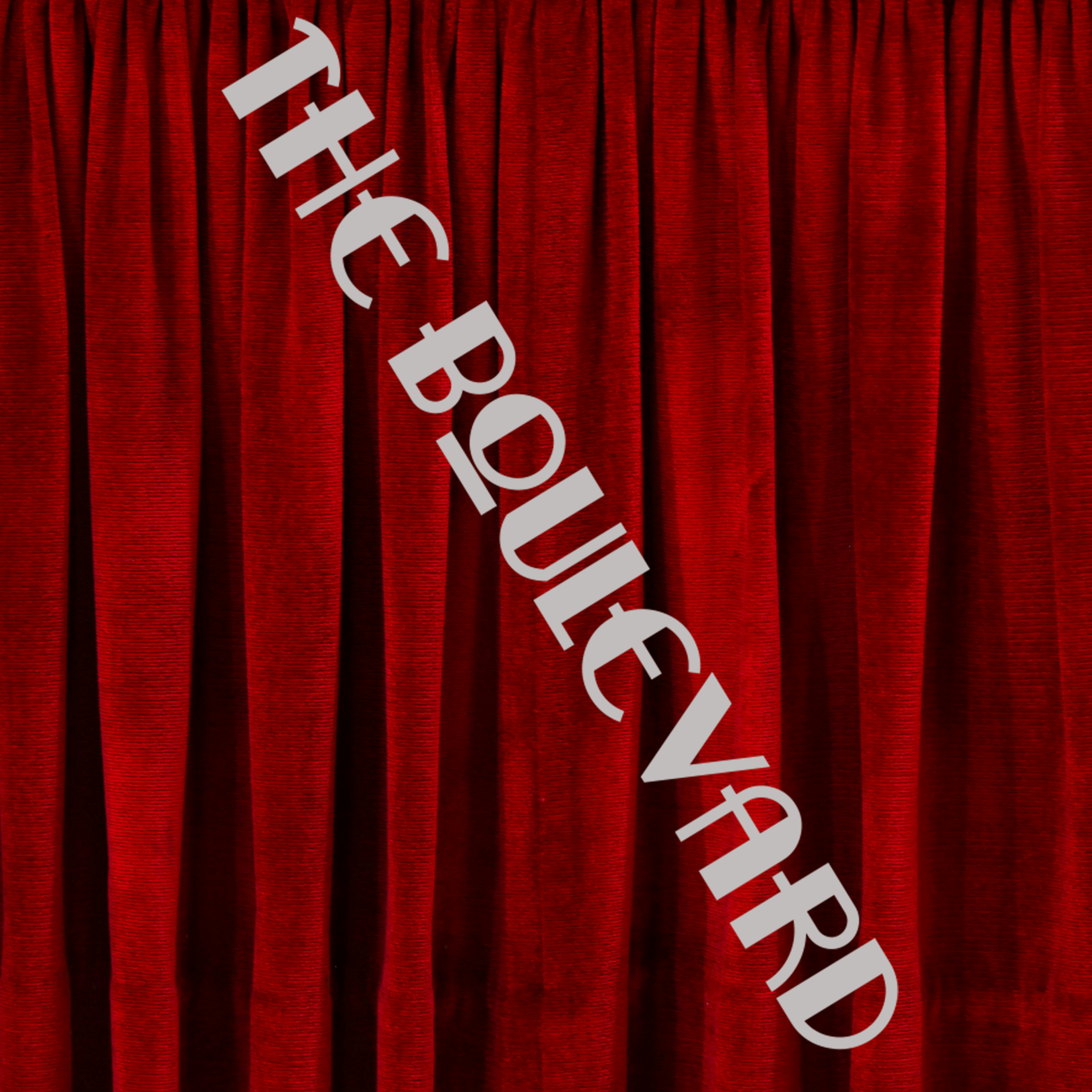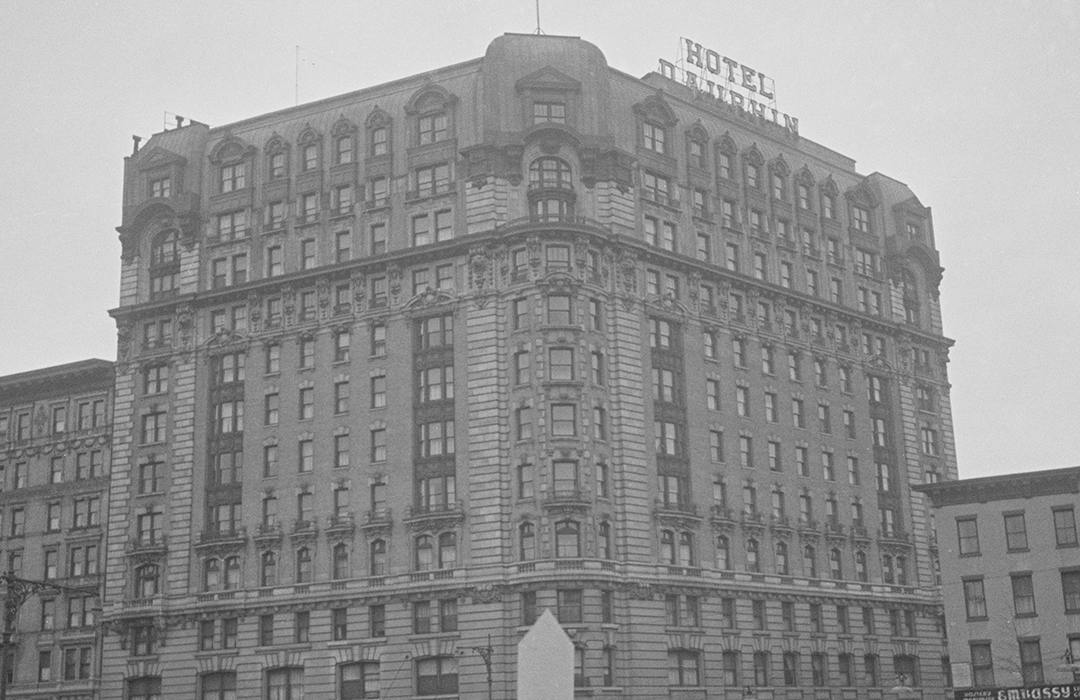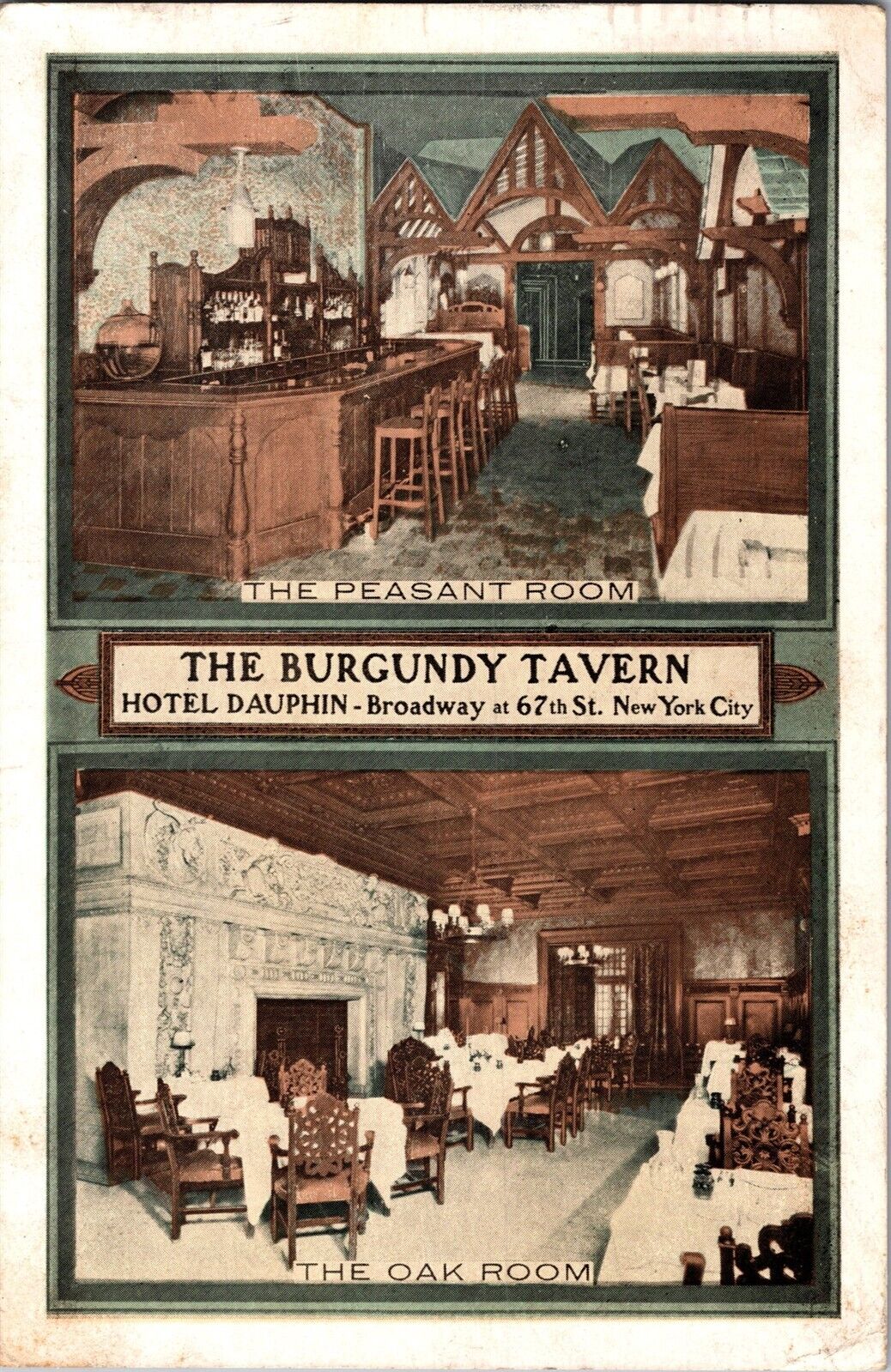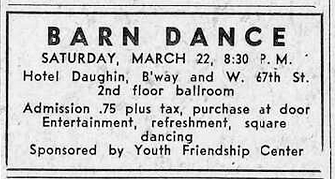
1971-1977 Broadway – Hotel Dauphin
by Tom Miller
In 1894, William F. Flanagan opened his elegant new Hotel Marie Antoinette at the northwest corner of Broadway and 66th Street, designed by J. Munkowitz. Four years later, Franklin Pettit sold the abutting vacant plot to the north to August M. Bruggeman for around $190,000–around $6.8 million in 2024. The Record & Guide commented, “The buyer will erect a 10-sty apartment hotel on the site.”
Bruggeman’s plan never came to pass. On February 22, 1902, the Record & Guide reported that the Broadway Realty Co. had hired architect C. P. H. Gilbert to design a 12-story apartment hotel on the site. Before ground was broken, the developer had leased the building to Albert R. Keen, the proprietor of the Hotel Marie Antoinette.
Charles Pierpont Henry Gilbert had firmly established his position as a leading architect of the period. But he was known for designing opulent mansions and townhouses, and so the Hotel Dauphin would be a step away from his specialty.
At the time, William Earl Dodge Stokes’s magnificent Ansonia apartment hotel, designed by Paul E. M. Duboy, was rising six blocks to the north on Broadway. The Hotel Dauphin would echo its French Beaux-Arts architecture–its brick-and-limestone facade rising to a massive mansard with elaborate dormers and copper cresting.
The hotel–which offered both permanent and transient accommodations–opened on April 15, 1903. The New-York Tribune reported, “about four hundred guests inspected the handsome new dining rooms, offices, parlors, reception rooms, suites, etc…Several dinners were given, in gayly decorated dining rooms, in honor of the occasion.” Among the visitors were some of New York City’s wealthiest citizens, including John D. Crimmins and his wife, William D. Sloane, and William Crittenden Adams.
His father was sculptor William Wetmore Story, and his brother was a well-known sculptor.
Those residents who gave dinner parties included renowned soprano Emma Eames and her husband, artist Julian Russell Story. Eames made her professional debut in Roméo et Juliette with the Paris Opera. She debuted with the Metropolitan Opera in November 1891, quickly becoming a favorite of New York audiences.
Born in England in 1857, Story came from an artistic family. His father was sculptor William Wetmore Story, and his brother was a well-known sculptor. He was best known for his portraits of well-heeled sitters.
The New-York Tribune noted, “F. J. Middlebrook and Miss Middlebrook, too, gave a dinner, at which Mr. and Mrs. Henry S. Thompson, Dr. Russell Bellamy and Mrs. Bellamy, Robert E. Dowling, Miss Potter and Mr. and Mrs. William H. McIntyre were guests.” It added, “Dr. Bellamy, who is the house physician of the Cliffs, at Newport, will be the physician of the new hotel.”
Although the new hotel dwarfed its predecessor, Albert R. Keen (who now managed both hotels) touted it as “an annex” to the Hotel Marie Antoinette and marketed both under that name. It caused understandable confusion and newspapers sometimes differentiated between the structures by referring to the “Hotel Marie Antoinette on 66th Street” and the “Hotel Marie Antoinette on 67th Street.”
On December 12, 1913, Michigan attorney Devere Hall checked into a ninth floor suite in the northern hostelry. The 60-year-old was a leading corporation lawyer in his home state, and was once considered for a seat on the State’s Supreme Court. The Evening World said, “Overwork caused a nervous breakdown a year ago.” Hall came to New York to be treated by nerve specialist Dr. Spitzka, who happened to be a boyhood friend. Hall’s adult son, Ray, came with him, taking a furnished room near the hotel.
At 8:30 on the morning of December 14, Ray went to his father’s room. To his surprise, Hall was not there and the bed had not been slept in. The Evening World reported, “The shoe and sock underneath the open window prompted the son to look out and discover his father’s body.” Suicide was ruled out. The body, which landed on the roof of the hotel’s engine room, was clad in underclothing and the other shoe and sock. Investigators surmised Hall had sat on the sill to remove his shoes and socks and fell backwards out of the window.
In 1929, the hotel regained its individual identity. After a court battle over which facility could use the name Hotel Marie Antoinette (which the 66th Street owners won), it became the Hotel Dauphin. On January 11, 1930, the Atlanta, Georgia newspaper The Constitution, noted, “Mr. and Mrs. Guy Mark Mankin, who were the recent guests of their mother, Mrs. Hamilton Douglas, are making their home for the present at the Dauphin Hotel, New York city.”
Mrs. H. Magen lived here in 1934 when she read of Gimbel Brothers’ new policy of “telling the whole truth, good or bad about every article.” In an announcement, the department store offered a $10 reward “to the person who first reports to it any misleading or untrue statement about or claim for qualities of any article of merchandise advertised.”
Mrs. Magen wasted no time in reporting her disgruntlement with the heating pad she had purchased for 50 cents. It was advertised to “retain heat 10 to 15 hours.” The New York Sun reported on February 5 that Mrs. Magen was the first customer to receive the $10 award. “The Gimbel people tested the pad and felt it succumb to the weather after seven hours.” Mrs. Magen’s $9.50 profit from the falsely advertised item would equal a satisfying $208 today.
The body, which landed on the roof of the hotel’s engine room, was clad in underclothing and the other shoe and sock.
The dining room and ballroom were favorites for large groups. On April 27, 1938, for instance, the Columbia Daily Spectator reported, “The banquet given annually in honor of the basketball squad at the College of Pharmacy will be held tonight at the Dauphin Hotel.”
After mid-century, the Hotel Dauphin was the frequent meeting spot for Irish-American groups. On May 16, 1953, for instance, the New York Irish American Advocate reported on the final meeting of the I.R.A. Pettigo 1922 Memorial Committee. The group was formed to honor the soldiers of the Irish Republican Army who died in the summer of 1922. The article said,
A very satisfactory financial report was submitted. Letters were read from the Memorial Committee in Ireland thanking all who helped to make the drive for funds a financial success. The amount was much larger than it was expected. Receipts were received from Ireland for the full amount already sent. A vote of thanks was passed to all who gave donations.
One of the last of the Irish-American events was held here in May 1960. The New York Irish American Advocate reported on March 27, “The Williamstown Social Club, N.Y. at a meeting held in the Dauphin Hotel…voted to hold a dance on May 7 at the Dauphin Hotel, 67th St. & Bway, N.Y.,” adding, “Persons from the Williamstown Co. Galway area, interested in joining the organization can do so at a meeting on Sunday, April 24, at the Dauphin Hotel at 4 P.M.”
The various groups that rented the dining room and ballroom would soon have to find other venues. In 1963 the block was demolished as part of the vast Lincoln Square urban renewal project. A 32-floor mixed use structure occupies the site today.
Tom Miller is a social historian and blogger at daytoninmanhattan.blogspot.com
BUILDING DATABASE
Keep Exploring
Be a part of history!
Think Local First to support the businesses at 1971-1977 Broadway:
Meet Dr. Margaret Carney!




